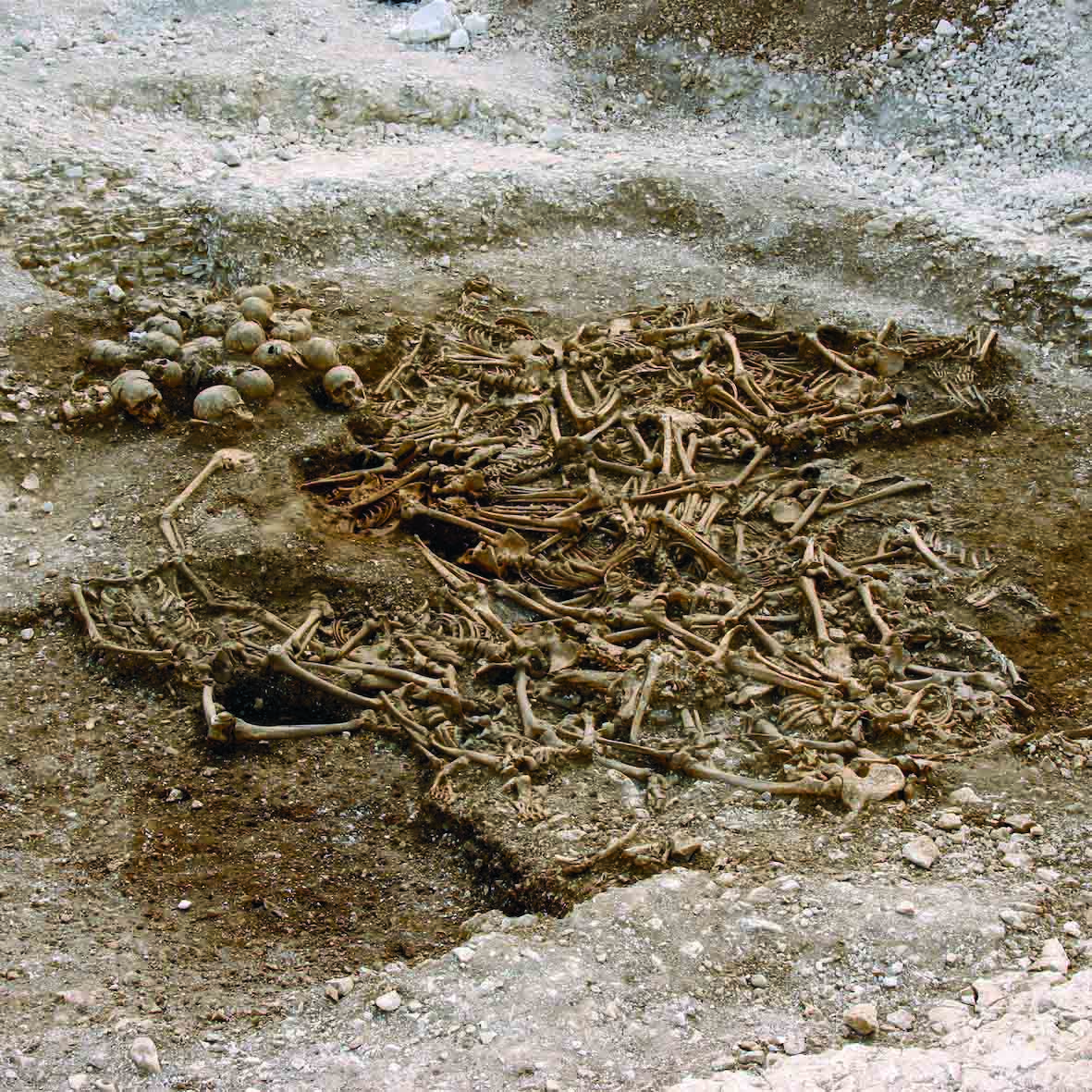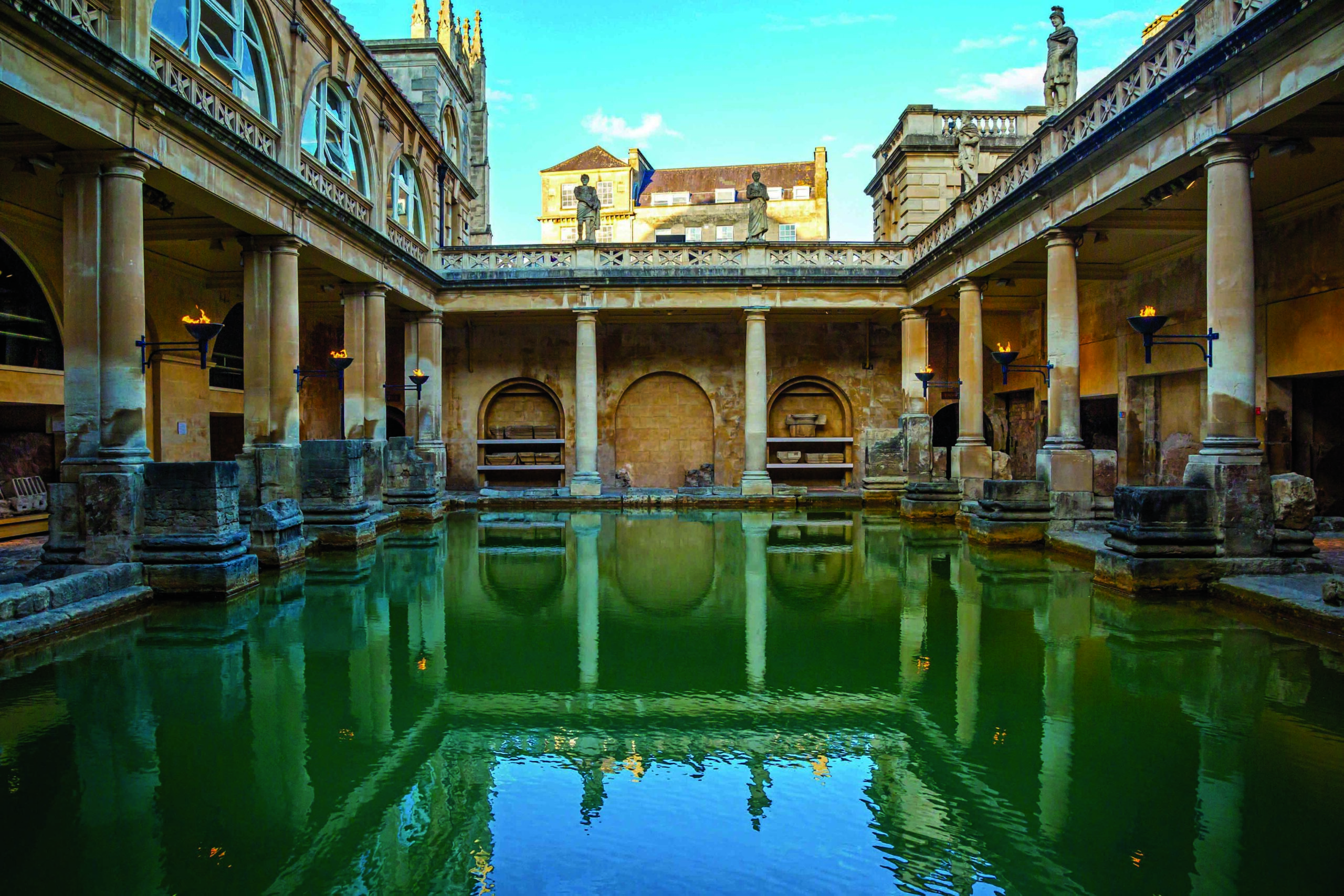DOHA, QATAR—Live Science reports that Younes Mokrab of Sidra Medicine and his colleagues analyzed more than 6,000 genomes held in Qatari health databases and compared them with DNA from other living humans, and ancient human DNA recovered in Africa, Europe, and Asia. The study suggests that ancestors of Arabian Peninsula groups split from early Africans some 90,000 years ago, from ancestral Europeans about 42,000 years ago, and from ancestral South Asian populations some 32,000 years ago. DNA from Middle Eastern groups also spread through Europe, South Asia, and even South America with the rise and spread of Islam some 1,400 years ago, Mokrab added. “Arab ancestry is a key ancestral component in many modern populations,” he said. Within Arabia, ancestral groups split multiple times, perhaps as the climate dried and some groups became farmers in more fertile areas and others living in arid regions became nomads, Mokrab explained. Read the original scholarly article about this research in Nature Communications. To read about two women buried some 4,000 years ago in ancient Arabia, go to "A Place of Their Own."
New Thoughts on Ancient Middle Eastern Populations
News October 13, 2021
Recommended Articles
Digs & Discoveries November/December 2025
The Egyptian Sequence

Top 10 Discoveries of the Decade January/February 2021
Neanderthal Genome
Vindija Cave, Croatia, 2010

Top 10 Discoveries of 2020 January/February 2021
Largest Viking DNA Study
Northern Europe and Greenland


-
Features September/October 2021
Secret Rites of Samothrace
Reimagining the experience of initiation into an ancient Greek mystery cult
 (© American Excavations Samothrace)
(© American Excavations Samothrace) -
Features September/October 2021
Searching for the Fisher Kings
In the waters of southern Florida, the creative Calusa people forged a mighty empire
 (Merald Clark)
(Merald Clark) -
Letter From Scotland September/October 2021
Land of the Picts
New excavations reveal the truth behind the legend of these fearsome northern warriors
 (Courtesy The Northern Picts Project)
(Courtesy The Northern Picts Project) -
Artifacts September/October 2021
Late Medieval Ring
 (© Amgueddfa Cymru – National Museum Wales)
(© Amgueddfa Cymru – National Museum Wales)


